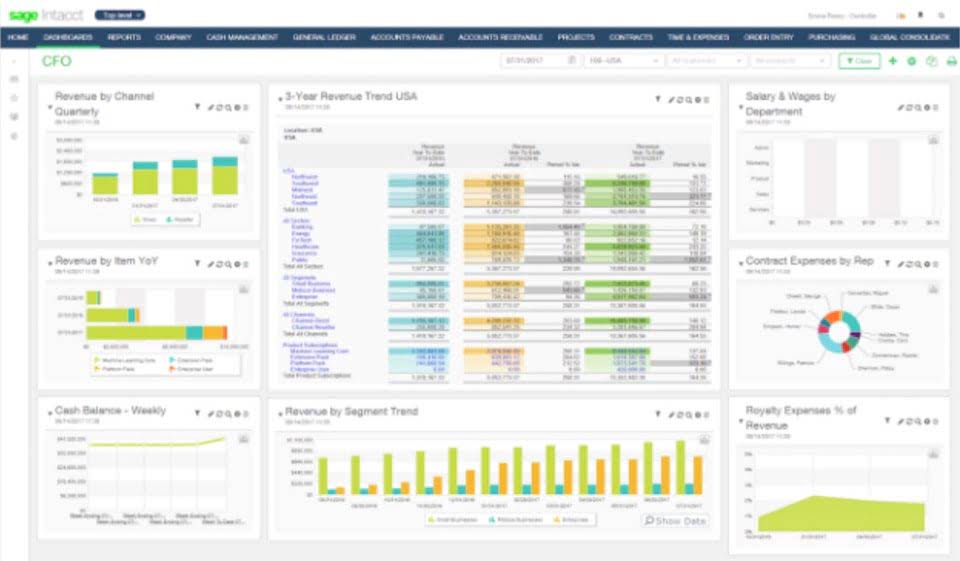
Until the goods reach the buyer’s specified destination, the seller maintains authority over the shipping process, including carrier selection, routing, and overall logistics planning. FOB Origin and FOB Destination represent two variations of the FOB international shipping term, specifying when ownership retained earnings and responsibility for goods transfer between the seller and the buyer. FOB Destination may be a good option if the seller is experienced in transporting goods or if the goods are fragile and require special handling.
Buyer Responsibilities
Once the delivery is unloaded in the receiving country, responsibility is transferred to you. Unlike FOB shipping, the supplier is not required to ensure the safe movement from port to ship. Upon delivery of the goods to the destination, the title for the goods transfers from the supplier to the buyer. With FOB shipping point, ownership of goods is transferred to the buyer once they leave the supplier’s shipping point. What is FOB shipping, how does it differ from other incoterms, and when should you use it? Real-time driver tracking, customer notifications, fob shipping point proof of delivery, and seamless integration with existing systems make Upper a comprehensive solution.
- One of the primary advantages of FOB Destination is that the seller assumes more responsibility for the goods during transportation.
- Additionally, FOB terms can help streamline operations by eliminating unnecessary paperwork and processes related to international shipments.
- The buyer should record the purchase, the account payable, and the increase in its inventory as of December 30 (the date that the purchase took place).
- The buyer absorbs the risk of loss or damage once the goods are handed over to the shipping carrier.
- Draft contracts with precise definitions of FOB terms, responsibilities, and liabilities to prevent misunderstandings and legal disputes.
Who pays for FOB destination?
- It’s often called the “port of destination (POD)” in trade, ensuring the buyer only takes over once the shipment arrives safely.
- The seller is responsible for paying the freight cost when the terms are FOB Destination.
- The buyer is also able to delay ownership until the goods have been delivered to them, allowing them to do an initial inspection prior to physically accepting the goods to note any damages or concerns.
- This includes all shipping expenses such as freight, insurance (if required), and any additional costs incurred during transit.
- Then, the seller sends an invoice to the buyer for reimbursement when the items are delivered.
In this case, the seller pays the transportation charges and owns the goods while they are in transit until they reach the destination point. Navigating the complexities of international shipping is a challenge, and understanding terms like FOB shipping point is crucial in ensuring efficient freight movement. Even though the buyer pays for shipping costs, the seller retains ownership of the goods during transit.
Transfer of Ownership

To account for these expenses, sellers may need to increase the final price for the buyer. This can affect the seller’s competitiveness in the market, as buyers may opt for lower-priced alternatives. The buyer should record the purchase, the account payable, and the increase in Grocery Store Accounting its inventory as of December 30 (the date that the purchase took place). Since the goods on the truck belong to the buyer, the buyer should pay the shipping costs.
- Understanding the shipping process is crucial as it highlights the stages and responsibilities involved in transferring goods from seller to buyer, ensuring efficiency and risk management.
- In FOB shipping points, if the terms include “FOB origin, freight collect,” the buyer pays for freight costs.
- It is an international trade term indicating the starting point at which responsibility and ownership for goods move from the seller to the buyer during shipment.
- The qualifiers of FOB shipping point and destination are sometimes used to reduce or extend the responsibility of the supplier in an FOB shipping agreement.
- FOB shipping point defines a clear division of costs between the seller and the buyer.
- FOB is a widely used shipping term that applies to both domestic and international transactions.
FOB Incoterms & More

The primary distinction between FOB shipping point and FOB destination lies in the point at which ownership, costs, and risks transfer from the seller to the buyer. No, FOB only determines the liability over the cargo and who’s in charge of paying the shipping charges and insurance. The ownership of the cargo is determined by other terms and documents, such as the Bill of Lading. The seller is always responsible for paying export customs clearance in the country of origin when agreeing to use FOB, as they have to get the goods cleared and “free” for the buyer. FOB specifies the point of ownership transfer, while delivery involves goods reaching the buyer’s destination. The FOB pricing point is the specific location where ownership and responsibility for goods transfer from the seller to the buyer during shipping.

However, the seller also has less control over the transportation process and may be subject to higher shipping rates. Additionally, FOB Destination may not be possible if the seller is located far from the buyer or if the buyer requires expedited shipping. Since the seller handles transit and delivery, buyers avoid surprises like damaged goods or delays. However, this convenience might come at a higher cost compared to FOB shipping point, where buyers control logistics and can save money. FOB Shipping Point and FOB Destination are two common international trade terms that define the point at which ownership of goods transfers from the seller to the buyer.

Understanding the Difference Between FOB Destination and FOB Shipping Point
For legal implications and contract stipulations, consulting with a legal expert is recommended to ensure the appropriate FOB term is selected. As a personal trainer turned digital marketer, Diana is obsessed with equipping eCommerce entrepreneurs with everything they need to scale their online businesses. The Bill of Lading is a crucial document issued by the arrival port to the carrier or its representative, confirming the receipt of goods and detailing their type, quantity, and condition.